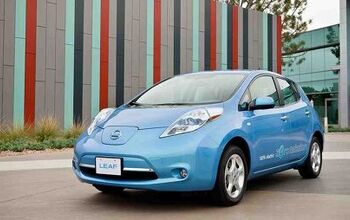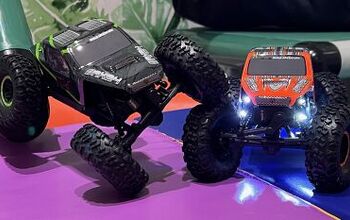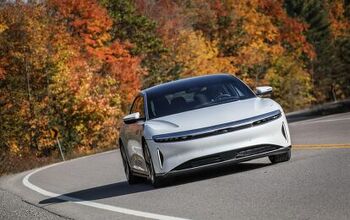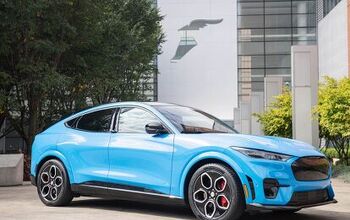Nissan Assures the Integrity of Its Battery Cell In the Nissan Leaf
After the Chevrolet Volt’s battery fire hazard debacle, electric vehicles have received intense scrutiny over the integrity of battery cells. To answer these concerns, Nissan has stepped forward to address the strength of its Leaf electric vehicle without the direct mentioning of controversies.
Nissan reported that while approximately 20 Nissan Leafs were damaged during the Japan earthquake and tsunami in March, some destroyed beyond recognition, none experienced a battery fire.
In a written statement, the Japanese Automaker said, “The Leaf battery is installed in a triple layer safety structure to mitigate the battery’s exposure in a crash.” The first layer of protection is the Leaf’s turtle shell-like vehicle body. What’s more, the battery is located under the floor. The second layer of battery protection is a battery case frame structure that surrounds the battery case. Lastly, a steel battery case wraps around and encloses the battery modules and controls.
After the much publicized Chevrolet Volt fires, authorities raised questions and concerns on whether the Volt is adequately protected. While GM assures customers that the Volt is safe to drive, training for emergency workers are offered as a precaution so that electricity can be drained in the event of an accident. In contrast, Nissan says its batteries do not have to be drained after a crash. “The Leaf is designed with battery systems that disconnect the high voltage from the vehicle in a severe crash.”
Currently, Nissan is heavily invested in plans to expand its EV offering. Nissan is set to have a Tennessee facility to assemble the batteries as well as to produce a great volume of cars beginning 2012.
[Source: Forbes]
More by Danny Choy































Comments
Join the conversation